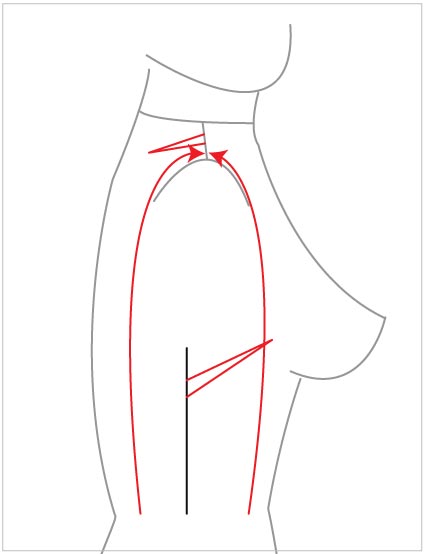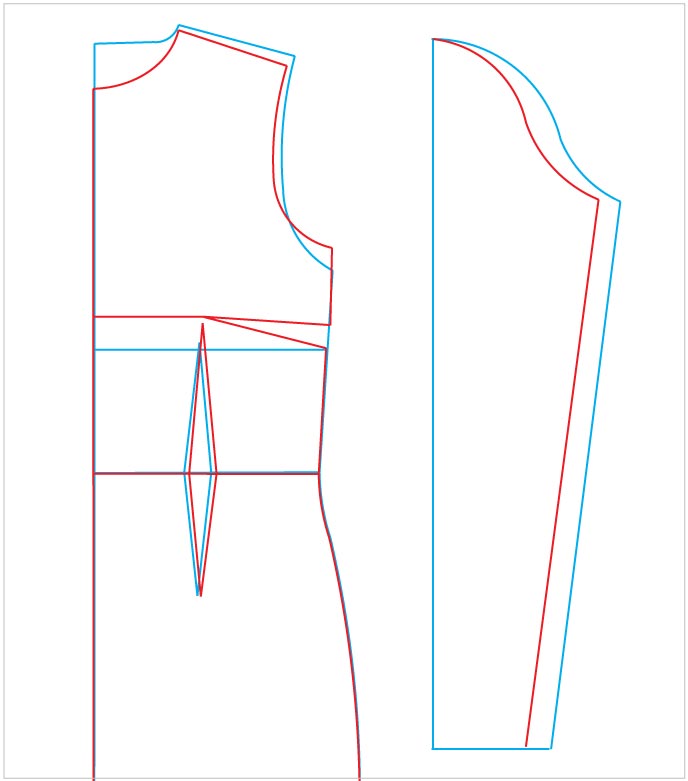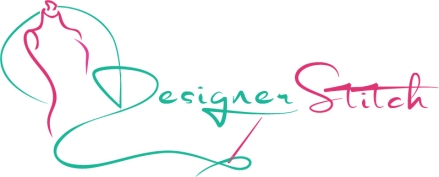Tutorial
The Importance of Shoulder Position

Greetings my loves – Teachers HAT IS ON !!!…lol….
Over in the PDF Sales group on Facebook our Darlita J asked a question about who ” drafts with a forward shoulder seam AND asymmetrical sleeve head ” ? and tagged me…so this was my answer to her and I thought I would share it with you all…it is short and sweet so of course ask me any questions you may have. xx
Our shoulders/shoulder lines are technically our coat hanger for all of our clothing – for the garment to sit correctly and in its correct position the position of the shoulder line on your body is paramount.
The shoulder actually determines the fit of everything you wear on your upper body area.
If the shoulder line is too far back the garment will want to creep backwards all the time – and you will constantly want to pull it forward.
I am sure you have garments you have worn in the past that you want to pull forward all of the time. This will be because the shoulder line is sitting too far back – if you were to flatten your garment on the surface of the table you probably will find that the position of the back/front shoulder line is exactly 1/2 of the garment.


(Left image). The above image on the left shows the side view of the female torso.
The reason the back frame of the body is longer than the front is because – on the body – the back needs extra length to wrap over the shoulder blades and into the back shoulder – and on woven this is facilitated by a shoulder dart.
Most women also have slightly forward shoulder tips. The front is then shorter than the back because there is less vertical height in this area…..but keep in mind that this does change over bust point on the bodice where you need extra length for cup sizes – hence a side bust dart to offset the length added to CF.
(Right image). The above image on the right shows a back and front bodice stacked on top of each other. You will see that the front shoulder line is lower than the back – the back is higher so it wraps up and over the curvature of shoulder blades – the front shoulder position sits lower than the back which reflects the vertical lengths on the body at shoulder tip position.
You will also note a back shoulder dart. All of my woven patterns I develop for myself – or my indie clients – have a back shoulder dart. A dart is a shape facilitator and aides in the top section of the back bodice to create a curved shaped to house the curvature of the shoulder blades.

(Above image – left) The left outline is one of my jersey blocks that I use to develop all of my jersey shapes. The blocks do vary dependent on the % of stretch of the actual jersey fabric recommended for the design but you will also see the back shoulder position is longer than the front for the same above reason.
If the front and back are equalized the garment will be constantly wanting shift towards the back – resulting in you always trying to drag the garment forward.
(Above image – right) And the jersey sleeve reflects the block . I have 1/2’d it and stacked – you will see the front sleeve (red) is much narrower – along with a narrower sleeve head than the back – because the sleeve block is based on the length of the armhole curve of the block in conjunction with the position of the shoulder line.
The only true way to ascertain exact shoulder position is too make up a toile of your garment and then mark the shoulders true position on the toile itself.
That way you can measure exactly how much you need to drop the front shoulder line and add onto the back shoulder line for true and precise fitting adjustments.
Thanks everyone for reading this very short explanation and if you have any questions about the above fitting tip please shout out.
Cheerio
Love to you all xx
Annie at Designer Stitch
